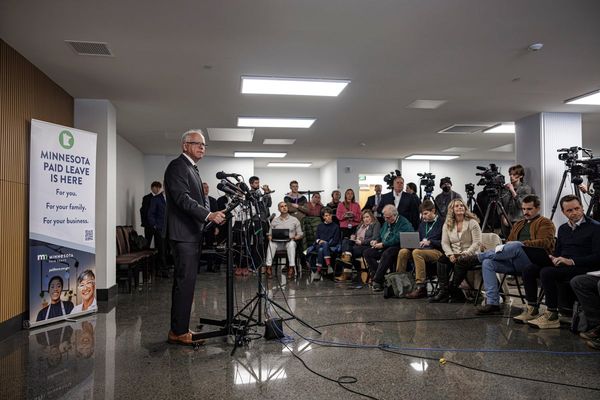Billions of dollars in Emirati cash could soon flow into the critical mineral sector but concerns persist over whether Australia is too far behind China in the battery race.
Australia and the United Arab Emirates have agreed to a trade pact that will be officially inked at the start of November and while it cuts trade tariffs, the centrepiece revolves around access to a multitrillion-dollar investment fund.
Trade Minister Don Farrell expects investment to flow before the end of 2024 after he handed over a list of 55 "shovel-ready" projects in Australia.

"As soon as the agreement is signed, that's the signal to the UAE officials, Australia is open for business," Senator Farrell told AAP.
"I think before Christmas we will see significant investment."
While the fund was built on petrodollars, the Emiratis wanted to invest in clean energy, which required critical minerals for technologies such as batteries, Senator Farrell said.
One of the 55 proposals is the Kookaburra Gully graphite project in South Australia run by Lincoln Minerals.
Director Julian Babarczy said there was international interest but hadn't been approached by UAE officials.
Although, such investment "would be quite a meaningful development", he said.
"We believe that graphite is a strategic critical mineral that's going to be in shorter supply," Mr Babarczy told AAP.
That project would require tens of millions of dollars of funding.
A separate green iron ore project that contained magnetite was seeking an offshore partner to invest tens of billions of dollars, the director said, adding the Middle East and UAE were working to develop green steel mills.

Graphite is used for lithium-ion batteries, while magnetite is a key component of iron and steel.
Mr Babarczy said he expected investment in a project such as the green iron one would likely require it be shipped either partially or fully to the UAE or associated wealth fund.
While Australia was rich with critical mineral deposits, Professor John Mavrogenes questioned how much money they could bring into the nation given Chinese dominance in processing.
Australia can't process the minerals and turn them into batteries or magnets as cheaply or as well as China and Beijing effectively set wholesale prices, the critical mineral expert said.
China didn't care what the price of materials was because it would then make money selling electric vehicles or batteries at the end of the supply chain, Prof Mavrogenes said.
"If we only sell the raw minerals, we will struggle because that's not where the money is," he told AAP.
There was potential for Australia with lithium, but even then Chinese dominance meant "it's looking a little dicey at the moment".
"I don't know if we can beat this, maybe with some serious money with the UAE ... but (Australia) is in a real quandary."







